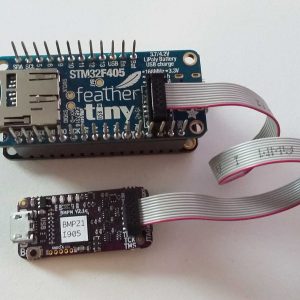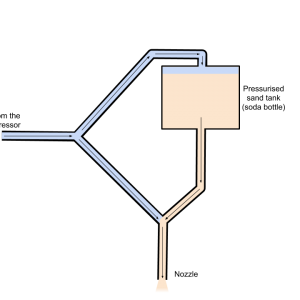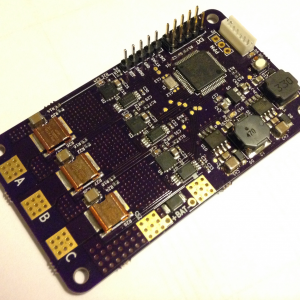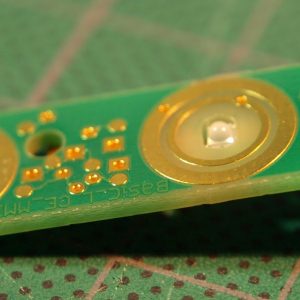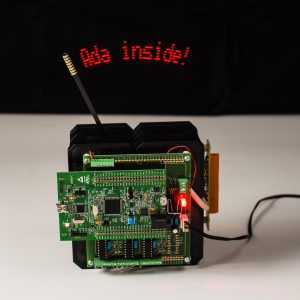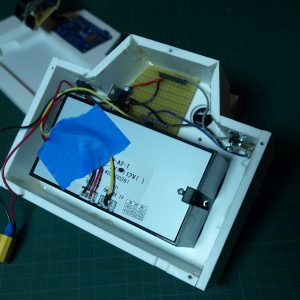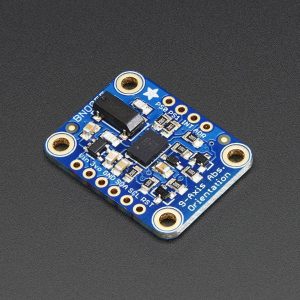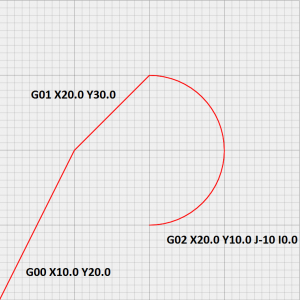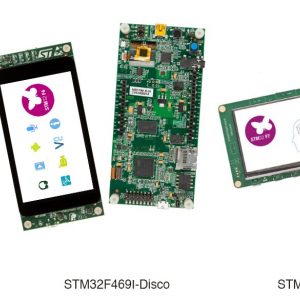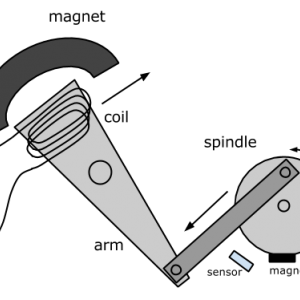
Security-Hardening Software Libraries with Ada and SPARK
Part of AdaCore's ongoing efforts under the HICLASS project is to demonstrate how the SPARK technology can play an integral part in the security-hardening of existing software libraries written in other non-security-oriented programming languages such as C. This blog post presents the first white paper under this work-stream, “Security-Hardening Software Libraries with Ada and SPARK”.
